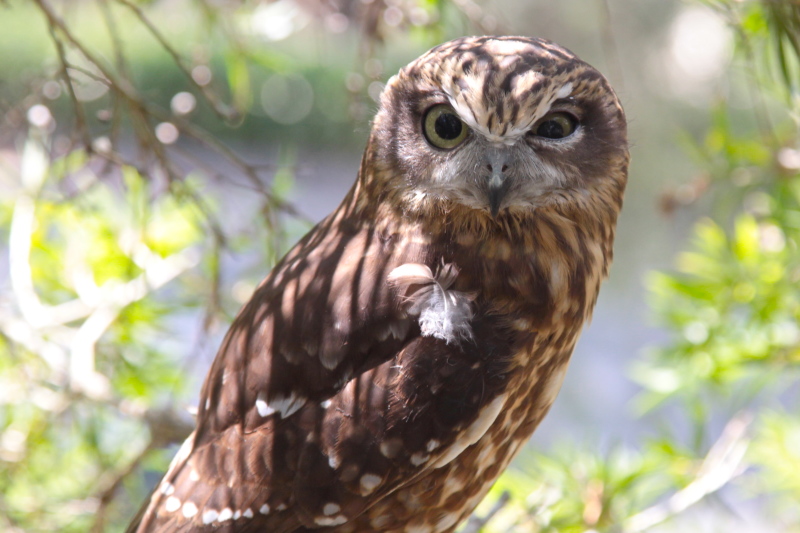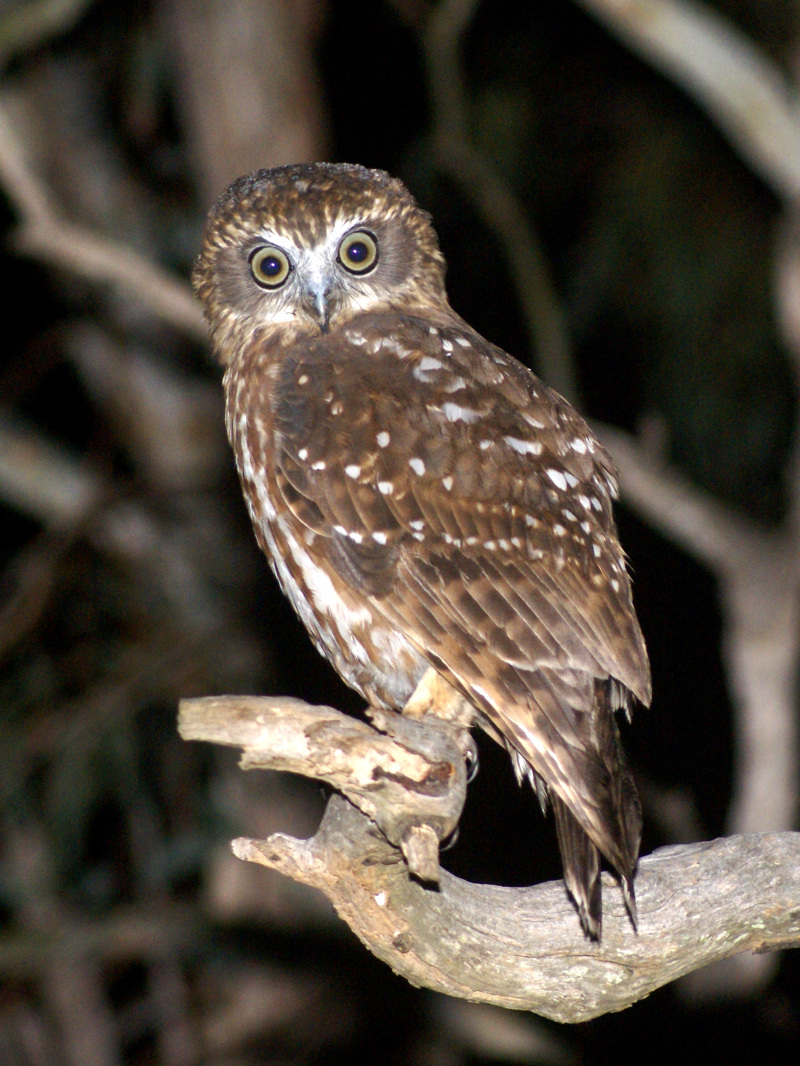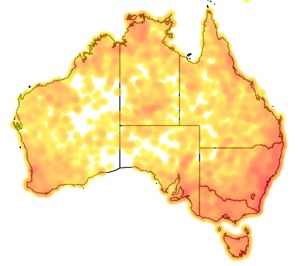Colours
Distinguishing features
Size
- Up to 33 cm (Length of specimen)
Wingspan
- Wingspan data is not yet available.
Synonyms
Distribution
Distribution and habitat preferences
It is found throughout New Zealand, Tasmania, across most of mainland Australia and in Timor, southern New Guinea and nearby islands.
It occurs in most habitats with trees, ranging from deep tropical forests to isolated stands at the edges of arid zones, farmland, alpine grasslands or urban areas, but is most common in temperate woodland. (Wikipedia)
Local abundance
- Cape Kidnappers, New Zealand: common
Diet
Although mainly nocturnal, they are sometimes active at dawn and dusk. The main hunting times are evenings and mornings, with brief bursts of activity through the night. On dark nights they often perch through the middle hours and, particularly if the weather is bad, may hunt by daylight instead.
Although their main hunting technique is perch-and-pounce, they are agile birds with a swift, goshawk-like wing action and the ability to manoeuvre rapidly when pursuing prey or hawking for insects. Almost any suitably sized prey is taken, particularly small birds, mammals and large insects such as moths, grasshoppers and, in New Zealand, wetas. (Wikipedia)



